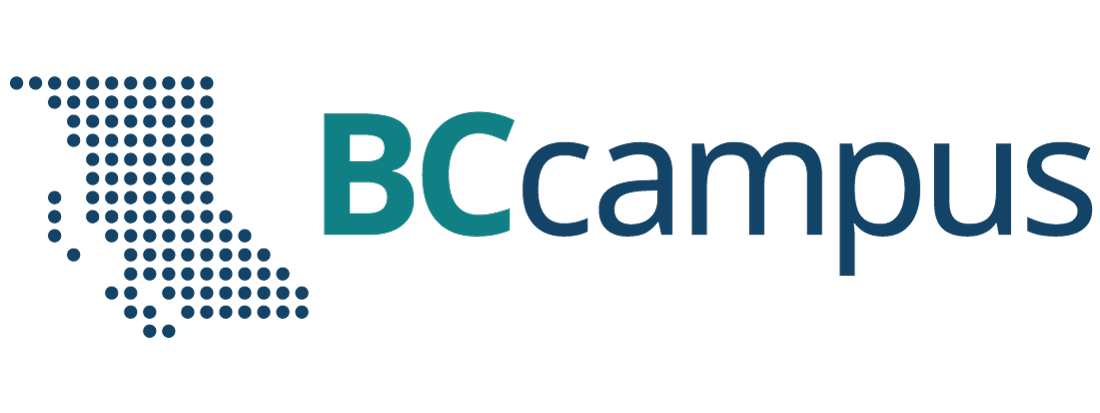Circuits
26 Power Circuit
The power circuit of a three-phase motor consists of the following items:
- 3PST three-phase disconnect
- Overcurrent protection
- Horsepower-rated motor starter contacts
- Overload relay heaters

In practical applications, these four components would often be mounted in a combination starter, which might house a circuit breaker and motor starter in the same cabinet.
In order for the motor to operate, the 3-phase disconnect must be closed, the fuses must be in good working order and the power contacts must be closed. The start and stop action of the motor is determined by the control circuit, which energizes the magnetic motor starter, pulling in or dropping out the armature that then opens or closes the power contacts.
The current that goes to the motor then runs through the heater elements of the overload relay. If the motor draws too high a current for too long, the heater element causes a normally closed contact to open, which then interrupts the current to the motor starters coil. This causes the power contacts to automatically open and turn off the motor.
This relationship also provides low-voltage protection (LVP) in the case of a power outage. Motors controlled from magnetic starters need to be manually reset following a period of low voltage.
The motor starters that we will be focusing on are “across-the-line” magnetic motor starters. This refers to them using full-line voltage to start the motor.
Across-the-line motor starters draw large inrush currents when energized. To minimize inrush currents and severe starting torques, some circuits use a variety of “soft-start” devices, but these devices are beyond the scope of this text.
Power circuits are identical for most 3-phase motor starters, so it is common not to refer to them in schematic drawings.
In contrast to the control circuit, the power circuit provides the large values of voltage and current used by the motor itself. Must be equipped with overcurrent and overload protection, and horsepower-rated contacts in the control gear equal to the voltage and current ratings of the motor.
A sharp and fast rise in current over a short period of time (fractions of a second) where the value of current is far greater than the nominal line current.
A set of contacts that has been designed to make or break the flow of current to a motor and can handle loads up to a specified amount of horsepower at a specific voltage. The size of contacts are determined by the size of the motor they are controlling.
An automatic device that is designed to safely disconnect circuits under fault conditions. Most circuit breakers provide Overload and Overcurrent protection, and are rated in Volts, Amps and Horsepower.
A device that controls the flow of electrical power to a motor. It is designed to safely start and stop a motor, and provide overload protection.
An insulated tube containing a strip of conductive metal that has a lower melting point than either copper or aluminum. It protects a circuit from damage because it will melt in overload or overcurrent situations and break the connection with the rest of the circuit.
In contrast to the Power Circuit, the Control Circuit consists of inputs, in the form of switches, pushbuttons or pilot devices, which when activated, can either directly, or through a magnetic motor starter, energize a load. The Control Circuit often operates at a lower voltage than the Power Circuit for safety and ease of installation.
With respect to magnetic contactors, the armature or plunger is the movable part of the magnetic circuit. When a coil is energized the armature is pulled in, opening and/or closing a set or sets of contacts.
A heater element paired with normally-closed contacts that open once the heater gets too hot. Two types of relays are the bimetallic strip and the melting solder pot.
A contact that under normal conditions has continuity through it. When the contact changes its state it interrupts the flow of current by opening its contacts. Can be associated with pushbuttons, pilot devices or magnetic contactors.
Circuits with low-voltage protection will not automatically turn back on when voltage is restored following a power outage. Examples include the microwave or power tools.
The difference in electric potential between two points, which is defined as the work needed per unit of charge to move a test charge between the two points. It is measured in volts (V).
The initial high value of current produced when an inductive load is first energized.
A diagram that shows how a circuit works logically and electrically. It uses symbols to identify components and interconnecting lines to display the electrical continuity of a circuit. It is often used for troubleshooting purposes. Also known as a ladder diagram.

